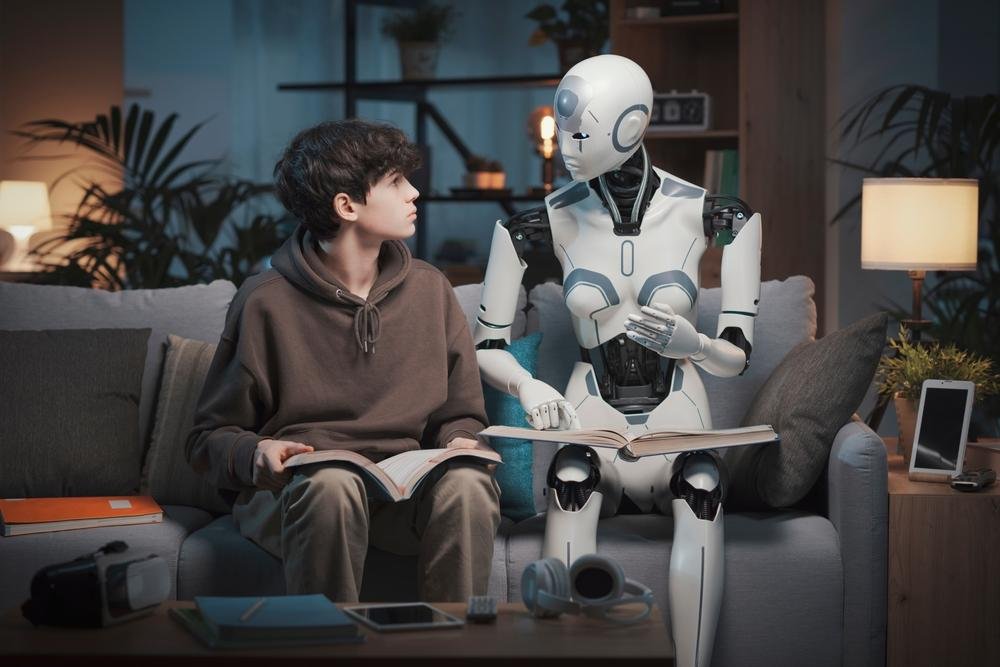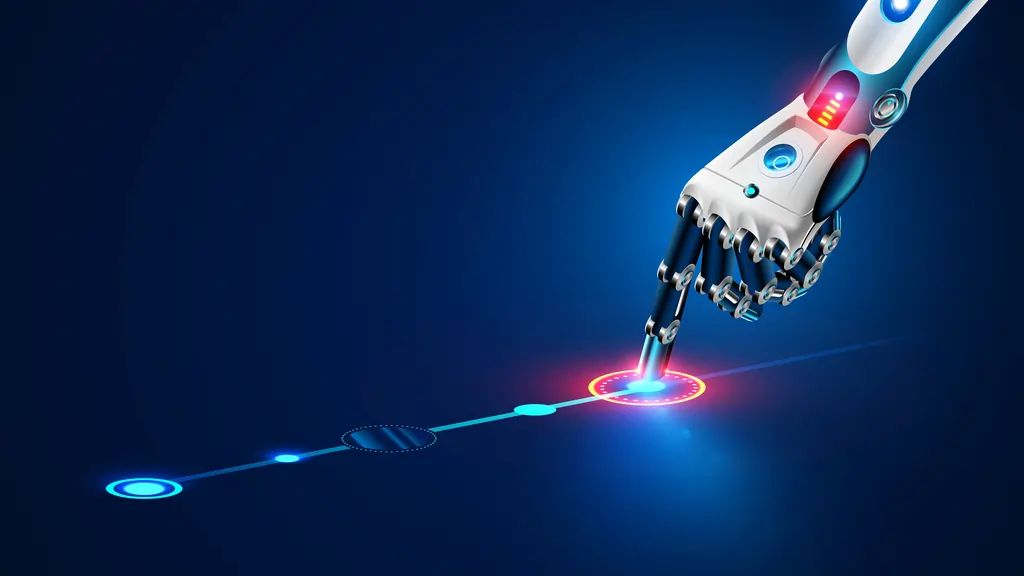Artificial Intelligence (AI) and robotics are two transformative technologies that, when combined, have the potential to revolutionise numerous industries and aspects of our daily lives. In this article, we will explore the exciting world of AI robotics, its current state, applications, and the impact it is having on various sectors.
The Confluence of AI and Robotics
AI robotics represents the fusion of artificial intelligence and robotic systems. It involves the integration of AI algorithms and machine learning with physical robots, enabling them to perceive their environment, make decisions, and take actions autonomously. This convergence empowers robots to perform tasks that were previously considered too complex or dangerous for automation.
The key components of AI robotics encompass a range of technologies that enable these machines to sense, think, and act autonomously. Sensors play a crucial role in perceiving the environment, including cameras, lidar, and tactile sensors. AI algorithms, such as machine learning and computer vision, process sensor data to make informed decisions. Actuators, such as motors and manipulators, allow robots to interact with the physical world, while control systems coordinate these actions. Together, these components create a foundation for AI robotics to navigate, manipulate objects, and perform tasks autonomously.


These in turn affect the applications of AI robotics as well – AI robotics finds application across various industries, revolutionising tasks and processes. In manufacturing, robots equipped with AI enhance efficiency and precision in tasks like assembly and quality control. Healthcare benefits from AI robotics in surgeries, diagnostics, and patient care. Agriculture utilises robots for precision farming and harvesting. Logistics and warehousing optimize with robots for order fulfillment and inventory management. Autonomous vehicles and drones represent AI robotics in transportation and delivery. In search and rescue missions, AI robots navigate disaster-stricken areas. Furthermore, space exploration relies on AI-driven robots for planetary exploration. These applications highlight AI robotics’ versatility and its potential to enhance productivity and safety across diverse fields.
AI robotics is at the forefront of technological innovation, reshaping industries and enhancing our quality of life. As we continue to advance in this field, it is essential to address the associated challenges while harnessing the benefits of AI robots to improve efficiency, safety, and accessibility across various domains. AI robotics represents a promising future where machines and humans collaborate seamlessly, unlocking new possibilities for progress and discovery.

